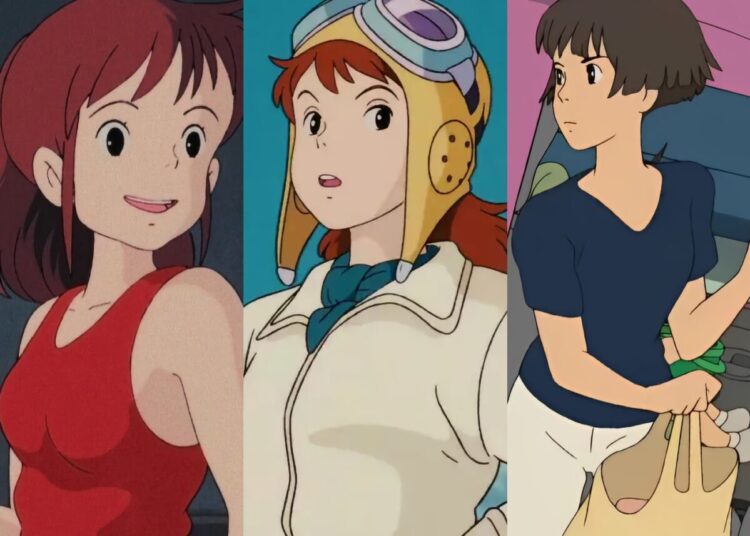We’re on our way back from Las Vegas, tired but sated from our time here. The AVN show was good and we had a lot of fun, although at times I was somewhat overwhelmed by the scale of everything. I found myself thinking of one of the things I like about Japan: the tradition of wabi and sabi. Translatable as “sober refinement and elegant simplicity,” the words basically boil down to “less is more,” and serve to describe much of what I like about the products we sell at J-List. The girls and products on display at the show were certainly very flashy and nice to look at, but there was definitely something lacking because there was no restraint, nothing left to the imagination. The classic example of the Japanese aesthetic tradition of wabi and sabi says that a single rose in bloom is more beautiful than a whole rose garden. Another example I like to use is the American Godzilla film made back in the 1990s, which made sweeping changes to Toho’s long-running series to add elements they thought would appeal to American viewers. Instead of a lone, legendary creature that is the focus of so much of our attention, the American film added hundreds of baby Godzillas for maximum thrill and action at every turn. It definitely lacked the wabi and sabi of the original films.
One of the major challenges for computers over the past two decades was getting to the point where something as complex as Japanese characters could be displayed and used easily, and thankfully, modern OSes like Mac OS X and Windows XP (Pro only) have support for Japanese built-in. Kanji is displayed using two bytes instead of one for English, which allows the 3000 or so complex kanji and kana characters used in Japanese to be expressed. Just as ASCII governs how characters will display on your computer monitor, there are encoding systems that convert bytes to actual Japanese characters. Unfortunately, there are several different codes out there, such as JIS, Shift-JIS and ISO 2022, and every once in a while an email message or web page will be made with the wrong encoding system from the one I’ve got set, resulting in the dreaded “moji-bake” (MOH-gee bah-KAY), in which text turns into meaningless goobledygook on-screen. Fonts in Japanese work pretty much the same as Western ones, with Postscript, Truetype etc., although since there are so many characters they have to describe, the fonts are huge, with some fonts in my Powerbook weighing in at 10 megs and up. Since Japanese fonts are more complex than western ones, they have room for cool characters, like hearts, pictures of telephones, icons for weather and the “onsen mark” that indicates where hot springs are in Japan. As far as the Japanese font is concerned, the special characters are just alternate kanji defined for words like “telephone” “music” and so on. The additional characters you can type using Japanese fonts helps make online ASCII art-style images like the Mona Neko from the 2ch BBS easier to create.
My Japanese wife and I work hard to raise our children so that they’ll be bilingual in both English and Japanese. We do our best to encourage English, for example by buying only DVDs from the U.S., so if the kids want to watch a movie, they have to watch it in English. Getting them to actually speak English at home can be difficult though, since the kids know that I understand Japanese. Pretending not to understand and asking them to repeat what they just said in English doesn’t work very well, so we try to come up with other ways to tackle English together. Sometimes we play “American family” and speak only English, but since we all know Japanese, it’s hard. What works best is when we leave the kids in the U.S. and then disappear, which naturally forces them to speak English to everyone. There’s nothing like immersion for language learning.
For the new update, the J-List staff has posted tons of new products, including new kawaii toys (Noma Neko straps!), Totoro items, anime trading cards, Hello Kitty items, snacks, restocked Domo-kun plush toys, and much more (more than I can write down, having just gotten in from Vegas anyway). For our 18 plus customers, we’ve got tons of new products too, including new DVDs, UMDs for all Sony PSPs, lovely “H” manga, doujinshi (including futanari), and a lot more. See all the new items on the site now — see them all here.
Remember that J-List has extended our free shipping sale of CD-ROM dating-sim games through the end of January, which gives you a great excuse to order a bishoujo game or six and save a bundle. Our interactive dating-sims are a fantastic genre of entertainment from Japan, and we have interesting games for PCs for all tastes and interests. Why not browse our PC dating-sim games and find some you’d like to play?















